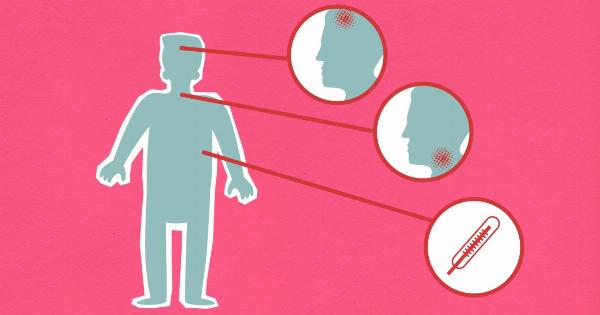Amputation of limbs can result in loss of sensation and touch, causing many difficulties for amputees. However, researchers are now developing innovative electronic gloves that can provide added sensations to amputees and improve their quality of life.
What is an Electronic Glove?
An electronic glove is a wearable device that provides sensory feedback to the user. It is made up of sensors and actuators that detect changes in the external environment and provide a response to the user.
The glove is designed to stimulate the nerves on the remaining part of the amputee’s limb, in order to provide a sensation of touch.
How Does an Electronic Glove Work?
The electronic glove works by using sensors to detect changes in the environment, such as changes in pressure or temperature. These changes are then sent to the microprocessor of the glove, which processes the data and sends a signal to the actuators.
The actuators then deliver a response to the user, which mimics the sensation of touch.
Benefits of an Electronic Glove for Amputees
Using an electronic glove can offer many benefits for amputees. One of the most important is the restoration of the sense of touch. This can enable amputees to perform tasks more easily and accurately, from picking up objects to typing on a keyboard.
The glove can also help amputees to feel more connected to the world around them, reducing the feeling of isolation that often accompanies limb loss.
Another benefit of the electronic glove is that it can reduce the occurrence of phantom limb pain. This is a condition that affects many amputees, where they experience pain in the missing limb.
The electronic glove can help to retrain the brain, reducing the sensation of pain and improving the amputee’s overall quality of life.
The Future of Electronic Gloves
The development of electronic gloves for amputees is an exciting field, with many researchers working to improve the technology.
One area of focus is the development of more advanced sensors and actuators, which can provide even more accurate and realistic sensations. Another area of focus is the integration of these gloves with other wearable devices, such as prosthetic limbs, to provide a more seamless experience for users.
As the technology continues to evolve, it is likely that electronic gloves will become an increasingly important tool for amputees.
They offer a new level of independence and freedom, allowing amputees to perform tasks that were once difficult or impossible. They also offer a new level of connection to the world around them, helping to reduce the isolation and disconnection that can come with limb loss.
Conclusion
Electronic gloves are a promising development for amputees, offering a new level of sensation and touch.
They can provide many benefits, including the restoration of the sense of touch, the reduction of phantom limb pain, and the improvement of overall quality of life. With continued research and development, it is likely that electronic gloves will become an increasingly important tool for amputees, offering a new level of independence, freedom, and connection to the world around them.





























